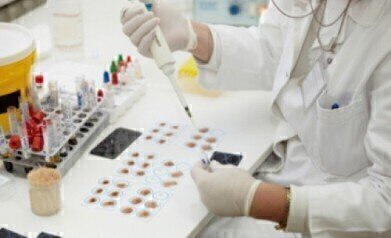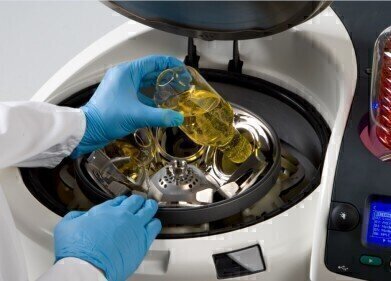Chiral
A New Technology for Separating Free Amino Acids
Oct 29 2012
Chiral Technologies introduces two new immobilised zwitterionic chiral stationary phases, CHIRALPAK ZWIX(+) and CHIRALPAK ZWIX(-). These chiral phases can be used in high-performance liquid chromatography and have been developed specifically to exhibit stereoselectivity for zwitterionic molecules, notably for separations of underivatised amino acids and peptides.
Methods can be developed on these high-resolution 3-µm supports for analytical and MS- compatible enantiomer separations. The zwitterionic supports are not restricted by the position of the amino and acidic groups in the analyte, and accordingly can be used for the effective separation of alpha, beta and gamma amino acids. In addition, the ZWIX phases can be used for the separation of any amphoteric compound.
The zwitterionic ion exchangers, combining anion- and cation-exchange functional groups, have been developed by Professor Wolfgang Lindner at the University of Vienna and complement the previously commercialised CHIRALPAK QD-AX and QN-AX anion exchange columns. This technology is globally marketed exclusively by Chiral Technologies.
Digital Edition
Lab Asia 32.2 April
April 2025
Chromatography Articles - Effects of small deviations in flow rate on GPC/SEC results Mass Spectrometry & Spectroscopy Articles - Waiting for the present to catch up to the future: A bette...
View all digital editions
Events
Apr 27 2025 Portland, OR, USA
Making Pharmaceuticals Exhibition & Conference
Apr 29 2025 Coventry, UK
Apr 30 2025 Peshawar, Pakistan
May 11 2025 Vienna, Austria
May 13 2025 Oklahoma City, OK, USA



















